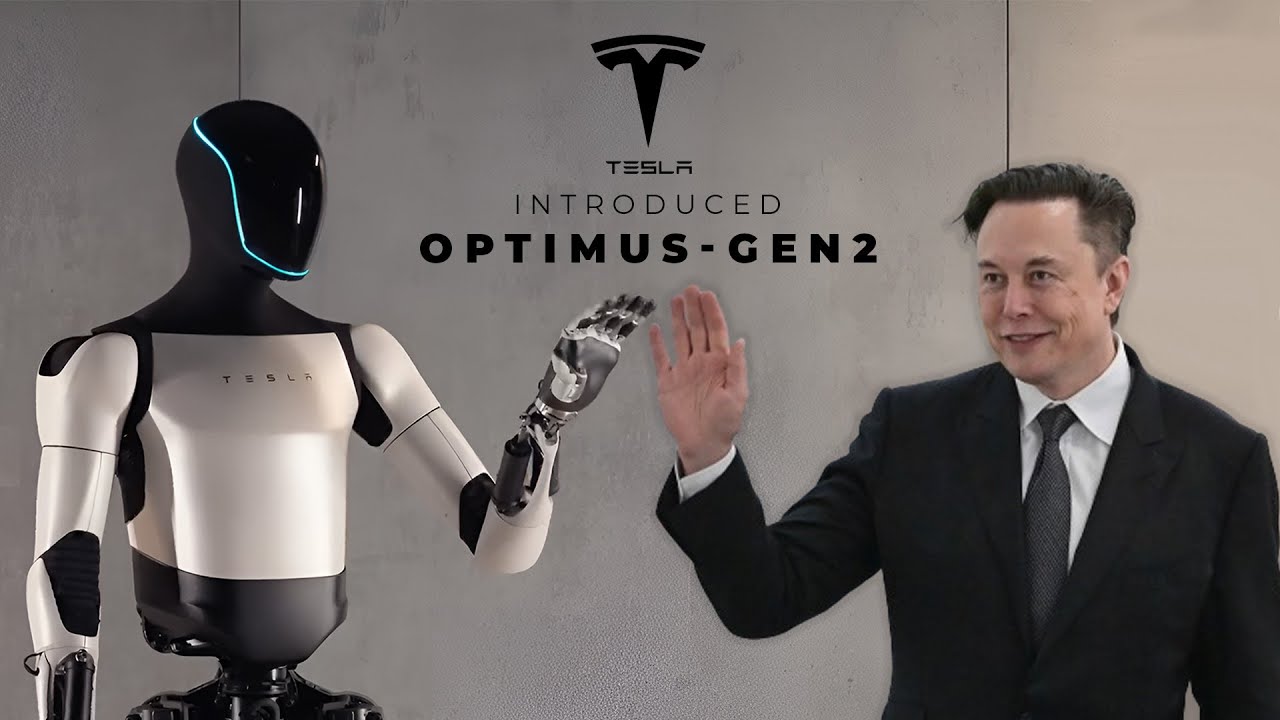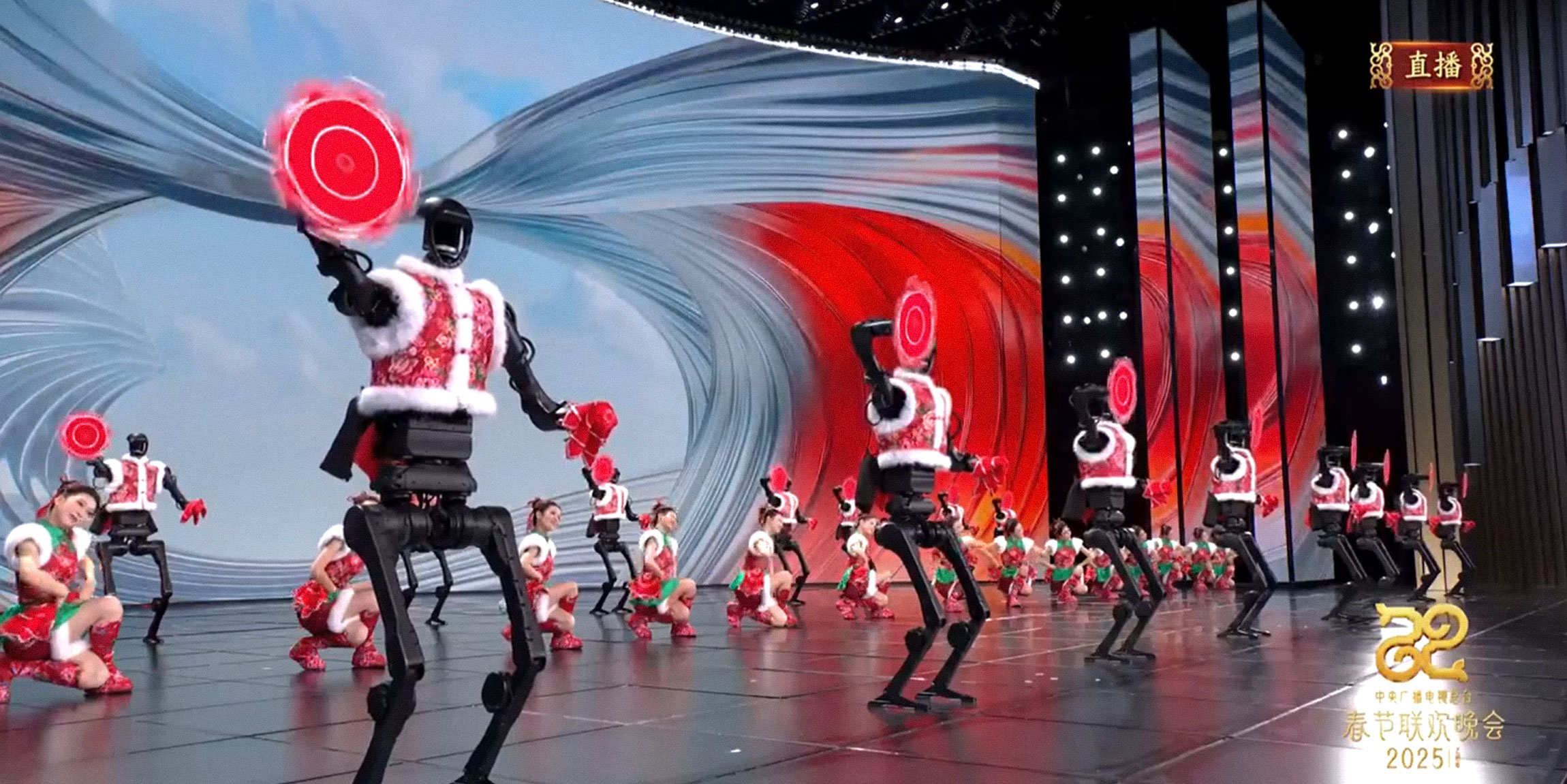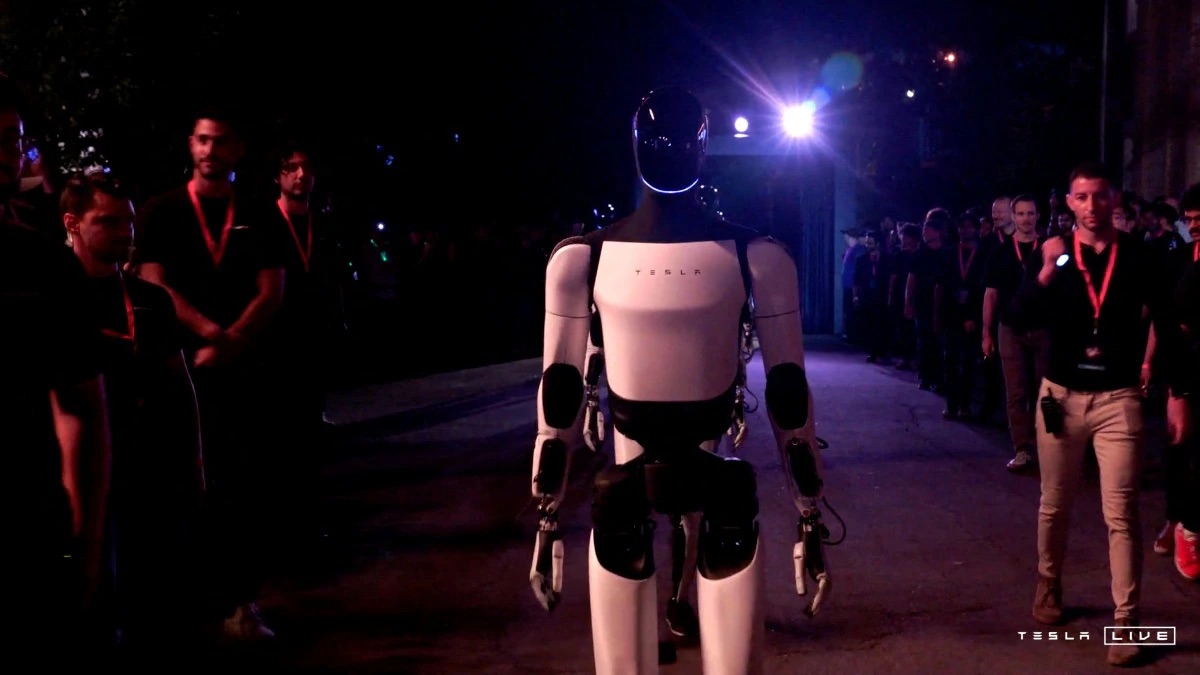
Elon Musk, the visionary behind Tesla, SpaceX, and Neuralink, has long been a prominent figure in the world of technological innovation. His contributions to the electric vehicle (EV) industry, space exploration, and artificial intelligence have earned him a reputation as one of the most influential entrepreneurs of the modern age.
However, there is a new challenge looming on the horizon that could threaten Musk’s dominance in the tech world—a challenge in an industry that is projected to be worth a staggering $10 trillion.
This new battlefield is humanoid robotics, and Musk’s own Tesla, which has been one of the forerunners in the development of humanoid robots, is now facing fierce competition from China and other global players. While Musk’s company has invested heavily in the development of robots like Optimus, humanoid robots are quickly becoming one of the most promising and competitive sectors in technology.
As China makes its own advancements in this field, it’s becoming increasingly clear that Musk might not hold the crown for much longer.

In January, a spectacular display of Chinese humanoid robots captivated audiences around the world during the Lunar New Year gala, one of China’s largest televised events. More than a dozen human-like robots performed traditional dances, showcasing their remarkable abilities.
This performance, which garnered over a billion viewers, served as a high-profile reminder of how far Chinese robotics have come.
These humanoid robots are capable of executing complex moves such as performing martial arts, riding bicycles, and flipping. Their stunning performances were not only a testament to the progress made in robotics but also served as a reminder that China is poised to become a major player in the humanoid robotics market.
As videos of these robots went viral on social media, they were amplified by Chinese state media, further cementing the idea that humanoid robots are the future, and China intends to lead the charge in their development.
Musk’s Tesla, which introduced its humanoid robot, Optimus, in 2021 and followed it up with a prototype in 2022, has sparked global interest. Musk has even predicted that the Optimus project could generate more than $10 trillion in revenue, but the competition is now escalating rapidly, and China is quickly catching up.

While Tesla was one of the early movers in the humanoid robotics space, China is now catching up at an impressive pace. The Chinese government has thrown its weight behind the development of humanoid robots, viewing it as an essential component of the country’s technological future.
In a 2023 policy document, the Ministry of Industry and Information Technology of China identified the humanoid robotics industry as a “new frontier in technological competition,” setting ambitious targets for mass production by 2025.
China has already established itself as a global leader in the electric vehicle market, with companies like BYD, XPeng, and NIO setting the pace in the EV industry. Now, Chinese tech giants and startups are making significant investments in humanoid robots, drawing parallels to the way China has dominated the EV market in recent years.
One of the most significant advantages China holds in the humanoid robotics race is price competitiveness. Chinese companies have a long track record of scaling production and reducing costs, a skill they now bring to robotics.

For example, the Shenzhen-based robotics company Unitree recently released its G1 robot, which is capable of executing a roundhouse kick, for just $13,697. In comparison, Tesla’s Optimus robot is estimated to cost between $20,000 and $30,000.
This price difference could prove to be a game-changer as the market for humanoid robots grows. Lowering the cost of robots would make them more accessible to consumers and industries alike, facilitating wider adoption. While the technology may not yet be fully developed, the ability to sell robots at a significantly lower price could be the factor that propels Chinese companies to the forefront of the industry.
Additionally, EV makers like BYD and XPeng are leveraging their experience in producing electric vehicles to move into the humanoid robot space. These companies are already working on their own humanoid robots, with XPeng revealing its Iron robot, set for mass production by the end of 2025.
The experience that these companies have in rapidly scaling production and reducing costs could give them a significant edge in the humanoid robotics market, enabling them to outpace Tesla.
Humanoid robots rely heavily on artificial intelligence (AI) to perform tasks and interact with their environment. However, AI is a complex and resource-intensive technology that requires significant investment in both hardware and software.

While companies like Tesla are making strides in developing AI-driven robots, China is actively working to overcome the technological barriers that currently prevent it from fully competing with Western counterparts.
One of the key challenges that China faces in humanoid robotics is the need for more advanced AI chips, which are essential for powering the robots’ operating systems. Currently, companies like Nvidia dominate the AI chip market, and many humanoid developers rely on Nvidia’s products for their robots.
However, the Chinese government has prioritized self-sufficiency in chip development, and companies in China are now working to develop their own AI chips.
Despite these technological gaps, Chinese companies are making significant progress in closing the gap. Many are using components from Tesla and other Western companies to improve their own products. This ongoing cycle of learning, testing, and refining will eventually lead to the development of domestically produced humanoid robots that can compete with the best in the world.
The humanoid robotics industry has immense long-term potential. In 2022, Goldman Sachs projected that the global humanoid robotics market could be worth $38 billion by 2035, with significant growth expected in both industrial and consumer markets.

By 2030, it’s estimated that about one million humanoid robots will be sold annually. The ability to deploy humanoid robots in a wide range of industries, from healthcare to manufacturing, could revolutionize many sectors of the economy.
Experts predict that humanoid robots could eventually become as common as smartphones or automobiles, making them an integral part of daily life. In the long run, the market could be worth trillions, with robots serving as caregivers, household assistants, and even performing complex tasks in industries like construction and logistics.
This is where China’s aggressive investment in humanoid robotics positions it to become a global leader in the technology, particularly as the country faces challenges like a shrinking workforce.
One of China’s most significant advantages in the humanoid robotics race is its ability to scale production quickly and cost-effectively. This advantage is especially important in the robotics industry, where mass production is critical to making robots affordable and accessible.
Since China has already established itself as a global leader in manufacturing, it has the infrastructure, supply chains, and expertise necessary to rapidly scale the production of humanoid robots. Companies like Unitree and UBTech are leading the charge in producing robots at a fraction of the cost of their Western counterparts, and with the backing of the Chinese government, these companies are poised to dominate the market.

Elon Musk has been a visionary leader in the tech world, but the rapidly growing humanoid robotics market presents a serious challenge to his leadership. While Tesla’s Optimus robot remains one of the most advanced humanoid robots in development, the competition is fierce, and China’s dominance in manufacturing and cost-cutting could put Musk’s ambitions in jeopardy.
In the long term, the humanoid robotics industry is expected to be worth trillions, and China’s aggressive push into the market could mean that Musk’s Tesla will face serious competition in this space. If Chinese companies can continue to scale production, lower costs, and overcome technological barriers, they could easily surpass Tesla in the humanoid robotics race.
Elon Musk has long been a pioneer in technology, but the future of humanoid robotics presents a formidable challenge. As China accelerates its push into the market, it’s clear that Musk’s Tesla is no longer the only major player in the race.
With a massive population, significant government backing, and a proven ability to scale production, China is well-positioned to become the dominant force in humanoid robotics.
As the market for humanoid robots grows and evolves, the competition between Tesla and Chinese companies will only intensify. Musk’s vision for a future populated by intelligent robots may come to fruition, but whether Tesla will lead that future or be overtaken by Chinese firms remains to be seen.
One thing is for sure: the $10 trillion humanoid robotics market is one that Musk cannot afford to ignore.
News
Karol G y Feid comparten su primer beso público en la Copa América: VIDEO
La pareja no dudó en demostrar su amor públicamente en la final del evento. Sin duda, ha sido un fin…
Karol G revela cómo comenzó su romance con Feid
El entrevistador reveló que Karol G incluso tiene una foto de Feid como fondo de pantalla de su teléfono Karol…
Esto es lo que hizo Karol G en el concierto de Feid justo antes de confirmar su relación
Karol G salió de la mano de Feid en su concierto en Miami el fin de semana pasado y todavía tenemos palpitaciones en…
Las románticas vacaciones de Karol G y Feid en Tahití
La pareja tuvo muchos momentos dulces e íntimos durante sus vacaciones. Karol G y Feid continúan su historia de amor. Los dos músicos colombianos…
How David Beckham and Victoria Beckham’s Marriage Survived and Thrived After Scandal
David Beckham and Victoria Beckham, parents of four and married for 25 years, became #goals after cheating allegations threatened to…
Cardi B Alleges Ex Offset Threatened and Harassed Her Amid Divorce
Cardi B alleged that her estranged husband Offset has been harassing her and sending her threatening messages over the past…
End of content
No more pages to load












